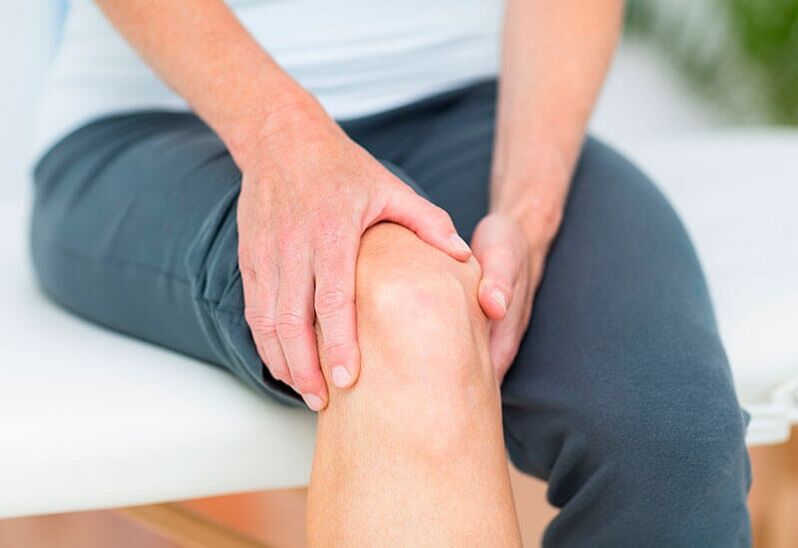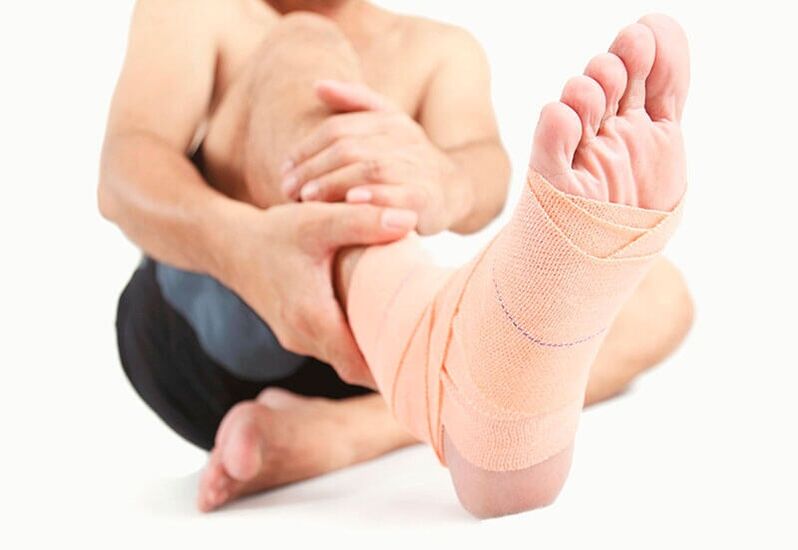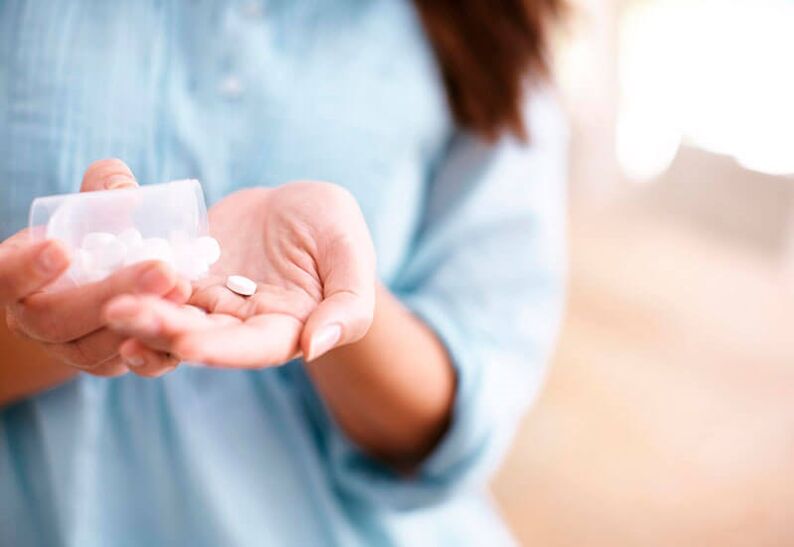Any pain in the human body is the source of problems and suffering. Normal daily work becomes an impossible task.

Joint pain is a common problem that is treated by professionals. The diagnosis is used to examine the cause of the pain. Physical activity often becomes a source of discomfort, especially when the body is not used to the sport.
Such pains disappear after a while, it is enough for the body to rest. However, not all problems go away so quickly. There are many diseases that are accompanied by pain throughout the body for a long time.
The joints of the whole body hurt - causes
Rheumatism
This disease can take two forms:
- Monoarthritis if only one area is affected.
- Polyarthritis when many areas are affected.
Symptoms include pain and swelling in the affected area. At one point, the pain does not spread to every joint in the body. Rheumatism gradually spreads to the large joints. Especially on the shoulders, elbows, knees, ankles and hips.
Good to know!Hands and feet are usually not affected by rheumatism. Such a disease often appears after a sore throat.
Rheumatoid arthritis
The appearance of joint pain may indicate the development or progression of rheumatoid arthritis. The risk group includes people over 40 years of age. Rarely, such a disease affects children and adolescents, has a slightly different name - juvenile rheumatoid arthritis.
Note!In addition to pain, the person feels stiffness during movement and swelling also appears, especially in the morning. Pain in all joints most commonly occurs at the onset or exacerbation of the disease at the same time.
Osteoarthritis
Osteoarthritis triggers pathological processes in the human body that dystrophically alter cartilage. The disease affects older people.
Osteoarthritis slowly spreads throughout the body, first the pain appears in one place and lasts for a few seconds. If you do not start treatment on time, the disease can start, which is more complicated and involves long-term treatment.
Joint overload
High physical activity can lead to joint overload. After a few hours, unpleasant sensations appear in the joints, especially when the congested areas are in motion. Basically, the lower extremities suffer because most of the load comes from this part.
Note!It is advisable to rest your body for a few days to relieve the pain. You can use warming ointments to improve the effect. But if symptoms persist, a doctor should be consulted as more severe damage is possible.
Autoimmune disease
Such diseases are characterized by a pathological condition in which antibodies are formed that destroy the connective tissue. Often cartilage is also involved in this process due to connective tissue.
Such diseases include:
- lupus erythematosus;
- vasculitis;
- ankylosing spondylitis;
- scleroderma.
Note!These diseases affect most of a person’s joints, in addition to a rash on the face, increased bleeding and disruption of the digestive system.
Diseases of the blood
Blood disorders can lead to bone marrow damage, hence joint pain.
Common blood disorders include:
- Acute leukemia.
- Multiple myeloma.
- Myeloid leukemia.
Multiple myeloma affects the ribs, pelvic bones, and spine. In this case, very sharp pains occur. At an advanced stage, it achieves bone destruction and fragility. In this case, the bones break very easily. The disease requires serious and long-term treatment in the oncology department.
Note!Acute leukemia also causes discomfort in the body. The lymph nodes and spleen also enlarge. The temperature rises and weakness appears.
Other reasons
- Gastrointestinal disorders and hormonal disorders.
- Bone tuberculosis.
- Diabetes.
- Warts and papillomas.
- Tick bite.
How do the symptoms and signs of joint pain manifest themselves?

Symptoms occur in different ways, depending on the cause and stage of the disease. One important symptom is a loss and swelling of joint mobility at this site.
Most often, pain occurs during the fall and spring periods, when the body is particularly weak. Nothing can bother you during the day, but as soon as you take up the supine position, unpleasant feelings appear immediately. This is due to the fact that the joints "get tired" during the day and the horizontal position impairs blood circulation.
Good to know!Such symptoms suggest that you need to see a doctor. Once the diagnosis has been made, it will be possible to identify the affected areas and prescribe treatment accordingly.
Diagnostic methods
The specialist will usually prescribe a comprehensive examination of the patient with laboratory and instrumental devices:
- Blood and urine tests.
- Blood chemistry. To identify infectious antigens and to rule out cancer.
- Bone marrow puncture.
- CT scan.
- Neuromyography.
Note!In addition, a rheumatologist, hematologist and neurologist may be consulted.
Treatment of joint pain
Conservative therapy

The cornerstone of any treatment is medication. Each is prescribed by a doctor based on the diagnosis.
The following drugs are used:
- Detoxification.
- Antipyretic.
- It has anti-inflammatory and analgesic effects.
- Antibiotics
- Antiviral.
Note!Certain diseases, such as blood diseases, cancers, vascular pathologies, and osteoporosis, are subject to more serious treatment.
Physiotherapy
Therapy is used to treat trauma, tissue inflammation, osteoarthritis, and some arthritis. Other diseases prohibit physiotherapy as it can be harmful.
Physiotherapy is contraindicated:
- tumors;
- blood diseases;
- connective tissue diseases.
Physiotherapy treatments include:
- Warming up the UHF.
- Mud and paraffin applications.
- Magnetotherapy.
- Shockwave therapy.
- Electrophoresis.
Folk remedies
You should discuss this with your doctor before choosing folk remedies. Not all diseases can be treated in this way.
The most common such folk remedies are:
- Tincture of golden mustache.
- Cabbage leaves.
- Ointment based on Vaseline and herbs.
- Conifer extract.
- Collection of chamomile, hop cone, St. John's wort and marigold.
- Purple tincture.
Preventive measures

- Monitor your health, strengthen your immunity, and avoid infectious and colds.
- Pursue an active lifestyle. However, this does not mean that you have to exercise intensely, thereby straining your body. Quite regular moderate exercise.
- Focus on calcium-containing foods.
- Drink at least two liters of water a day.
Remember:that human health depends primarily on itself. A healthy body requires constant work on its own. This work consists of following the basic rules of life. Harmony with your body allows you to always be cheerful, cheerful and merry.
































